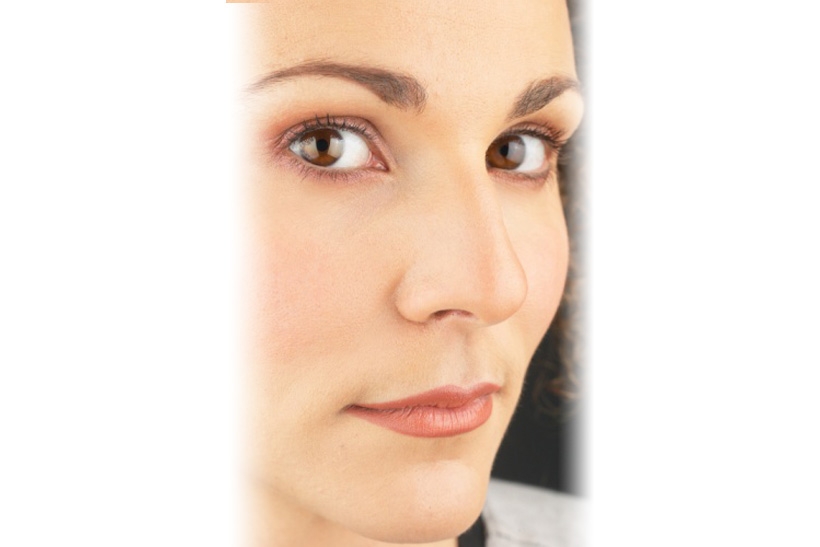From celebrities like Tyra Banks and Tom Cruise to everyday folks in everyday jobs, people who don’t like their looks often point to their nose as their least favorite feature. That’s why rhinoplasty — better known as a nose job — remains one of the most popular plastic surgery procedures.
If you’re in the market for a new nose and live in the Houston area, you have access to one of the best rhinoplasty experts in the business. Dr. Cecil Yeung at Houston Sinus Surgery is double-board certified and a leader in the field of sinus and facial plastic surgery. Patients throughout Texas trust Dr. Yeung to correct their imperfect noses and restore free breathing in his discreet, state-of-the-art facility.
If you’re curious about what Dr. Yeung can do for you and your nose, here’s what you need to know.
Rhinoplasty stats
The American Society of Plastic Surgeons compiles an annual report to document the trends in plastic surgery. In 2018, here’s how rhinoplasty stacked up:
- Rhinoplasty is the third most requested plastic surgery procedure
- Rhinoplasty is one of the top procedures among teens
- Almost 214,000 people underwent rhinoplasty
- More women than men opt for rhinoplasty
- Most rhinoplasties occur in New England and the western US
- Nearly 75% of rhinoplasty patients are Caucasian
Regardless of whether you fall into any of these statistical categories, rhinoplasty helps people of all ages and walks of life overcome their nose issues.
Reasons for rhinoplasty
There are two reasons to get a nose job: medical and cosmetic — and sometimes both at the same time.
Medical reasons
When you hear the term “nose job,” you may immediately assume it’s a cosmetic procedure. But rhinoplasty is often medically necessary for the following reasons:
- Difficulty breathing through the nose
- Obstructive sleep apnea
- Excessive snoring
- Deviated septum
- Chronic nose bleeds
- Numb nose
If you’re suffering from one of these functional issues, Dr. Yeung can address the problem and restore your ability to breath.
Cosmetic reasons
Of course, rhinoplasty is ideal for perfecting your profile if your nose or nostrils are:
- Crooked
- Too wide
- Too long
- Too narrow
- Misaligned
If your facial symmetry is what’s bothering you, Dr. Yeung can make subtle changes to fix structural deformities, whether you’ve had them since birth or they were caused by an injury.
Types of rhinoplasty procedures
Dr. Yeung uses a minimally invasive technique whenever possible when performing rhinoplasty. However, depending on the reason for your rhinoplasty and your aesthetic and health goals, the procedure may call for more extensive surgery. Typically, rhinoplasties fall into one of two categories: closed and open.
Closed rhinoplasty
If you only need minor reshaping, it’s considered an inside job. That means Dr. Yeung can take care of the subtle structural changes from within your nasal cavity. He makes a small incision inside your nostril and alters the shape by removing bone and cartilage to achieve your desired look.
Open rhinoplasty
More dramatic results require open rhinoplasty, which involves an external incision in the strip of skin between your nostrils called the columella. This allows Dr. Yeung full access to your nasal cavity so he can remove or add tissue as needed.
What to expect during rhinoplasty
Depending on the extent of the procedure and whether it’s open or closed, Dr. Yeung may use either a local or general anesthesia to keep you comfortable.
Once he makes the incision, he lifts the soft tissues away from your bone and cartilage so he can make the alterations you’ve requested. He may remove some tissue to make your nose smaller or narrower or to clear away obstructions, or he may add some grafted tissue (typically taken from another part of your body) to reshape it to your liking.
After he finishes the restructuring, he closes up the incision and stabilizes your nose with a splint.
It’s normal to expect some difficulty breathing for the first day after your rhinoplasty due to swelling and internal packing to keep the bleeding down. If you need it, Dr. Yeung can give you pain medication to ease your discomfort.
After a week, he removes the splint, but you may still be slightly swollen. This is normal. One more week and you can expect to see the full effect of your rhinoplasty.
This is the ideal scenario, but not all doctors achieve these results. On average, about 30% of rhinoplasties need a do-over in the future, but no so with Dr. Yeung. His success rate with rhinoplasty is nearly perfect (less than 1% of his work ever needs further adjustments), and his patients get back to normal activities very quickly.
If you’re ready to recontour your nose or finally address your breathing issues, give us a call or request an appointment online to set up a consultation.




